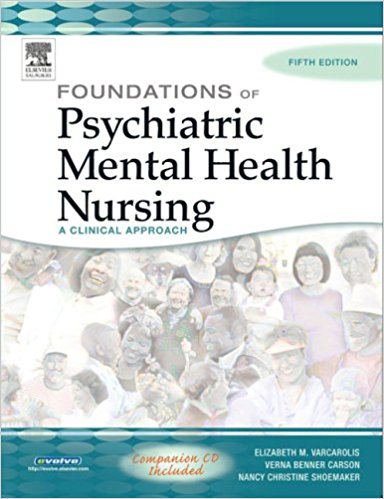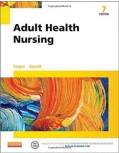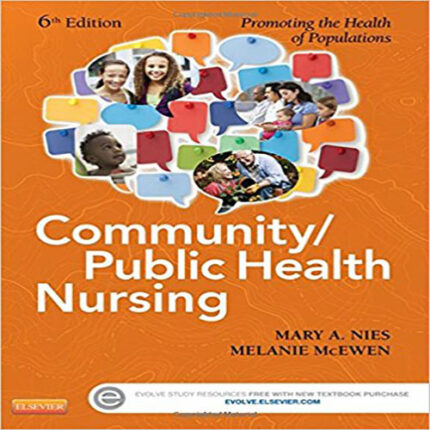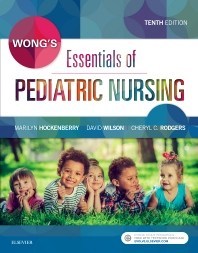Test Bank For Foundations of Psychiatric Mental Health Nursing A Clinical Approach 5th Edition By Elizabeth M. Varcarolis
Chapter 1: Mental Health and Mental Illness
MULTIPLE CHOICE
1) A nurse explaining the multiaxial DSM-IV-TR to a psychiatric technician can accurately say that it
| A. | focuses on plans for treatment. |
| B. | includes nursing and medical diagnoses. |
| C. | includes assessments of several aspects of functioning. |
| D. | uses the framework of a specific biopsychosocial theory. |
ANS: C
The use of five axes requires assessment beyond diagnosis of a mental disorder and includes relevant medical conditions, psychosocial and environmental problems, and global assessment of functioning. Option A: The DSM-IV-TR does not include a treatment plan. Option B: Nursing diagnoses are not included. Option D: The DSM-IV-TR does not use a specific biopsychosocial theory.
DIF: Cognitive Level: Application REF: Text Page: 9
TOP: Nursing Process: Implementation
MSC: NCLEX: Safe, Effective Care Environment;
2) A 23-year-old college student wrote about herself, “Most of the time I’m happy and feel pretty good about myself. I’ve learned that what I get out of something is often proportional to the effort I put into it. My grades are OK.” Based on this information, what number on the mental health continuum should the nurse select as best reflecting the individual’s state of mental health/illness?
Mental Illness Mental Health
1 2 3 4
| A. | 1 |
| B. | 2 |
| C. | 3 |
| D. | 4 |
ANS: D
The student states she’s happy. Her self-concept is adequate. She is reality oriented, effective in her work, and has control over her behavior. Option A would be appropriate for an individual with severe impairment of functioning. Option B would be appropriate for an individual with moderate impairment of functioning. Option C would be appropriate for an individual with mild impairment of functioning.
DIF: Cognitive Level: Analysis REF: Text Page: 5, Text Page: 7
TOP: Nursing Process: Assessment MSC: NCLEX: Psychosocial Integrity
3) A client has been admitted to the psychiatric hospital for assessment and evaluation. What behavior might indicate that the client has a mental disorder? The client
| A. | is able to see the difference between the “as if” and the “for real.” |
| B. | describes her mood as consistently sad, discouraged, down in the dumps, and hopeless. |
| C. | responds to the rules, routines, and customs of any group to which she belongs. |
| D. | can perform tasks she attempts within the limits set by her abilities. |
ANS: B
Option B describes a mood alteration. Options A, C, and D describe mentally healthy behaviors.
DIF: Cognitive Level: Application REF: Text Page: 5
TOP: Nursing Process: Assessment MSC: NCLEX: Psychosocial Integrity
4) An outcome for a client is that he will demonstrate mentally healthy behavior. The behavior that indicates the outcome is being met is that the client
| A. | behaves without considering the consequences of his actions. |
| B. | sees himself as approaching his ideals and as capable of meeting demands. |
| C. | passively allows others to assume responsibility for major areas of his life. |
| D. | is aggressive in meeting his own needs without considering the rights of others. |
ANS: B
Option B describes an adaptive, healthy behavior. Options A, C, and D are considered maladaptive behaviors.
DIF: Cognitive Level: Analysis REF: Text Page: 5
TOP: Nursing Process: Evaluation MSC: NCLEX: Psychosocial Integrity











